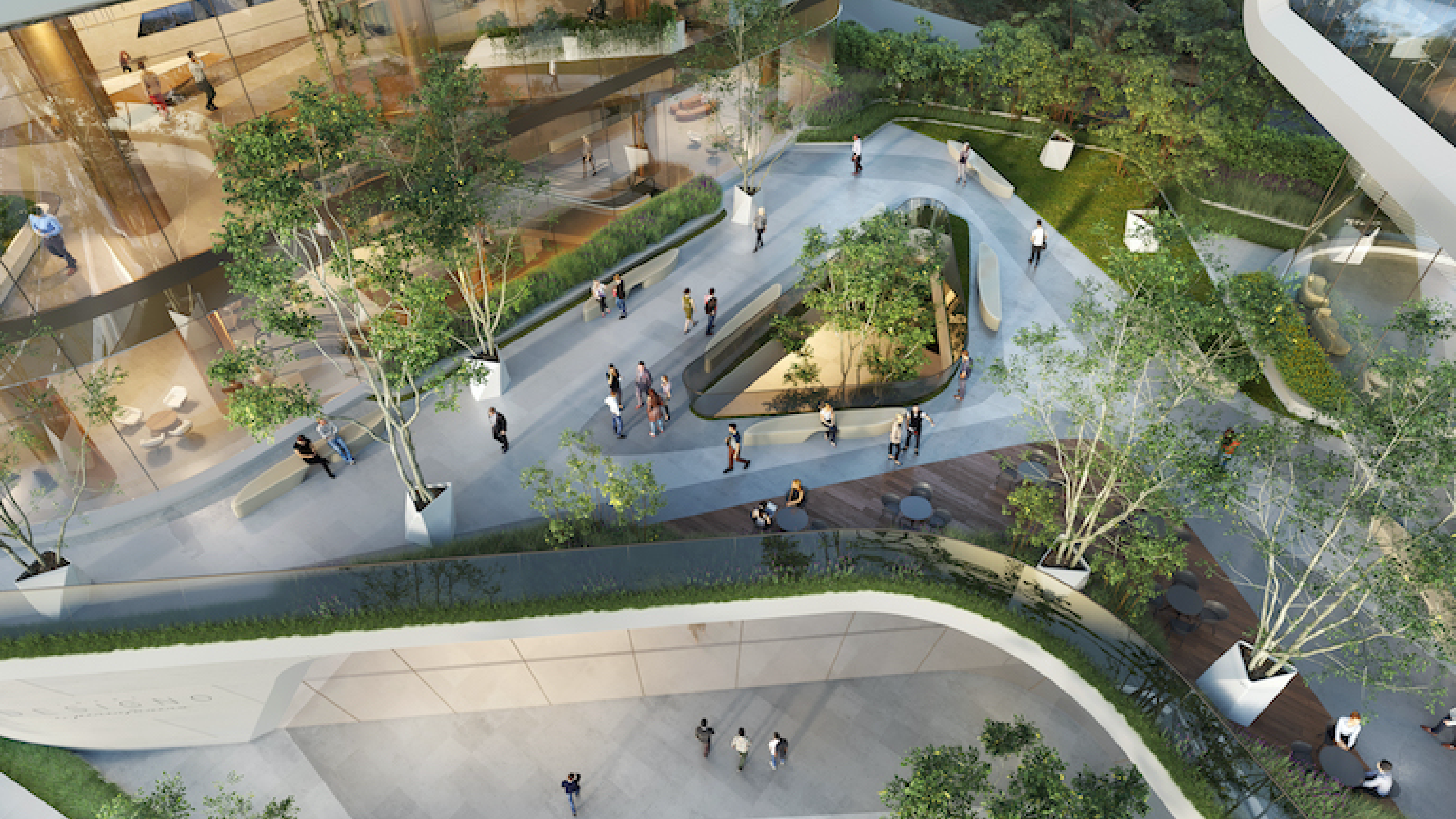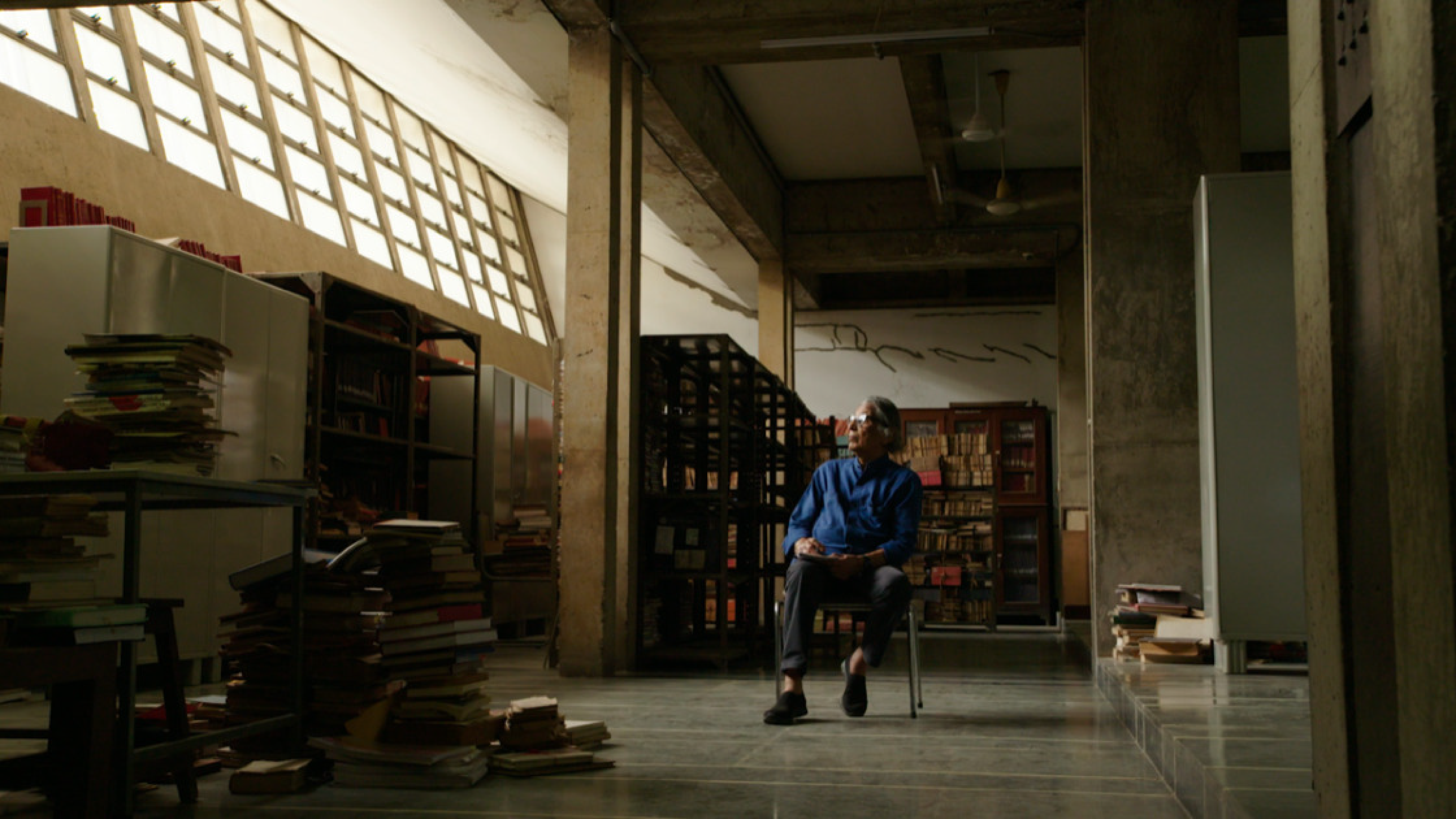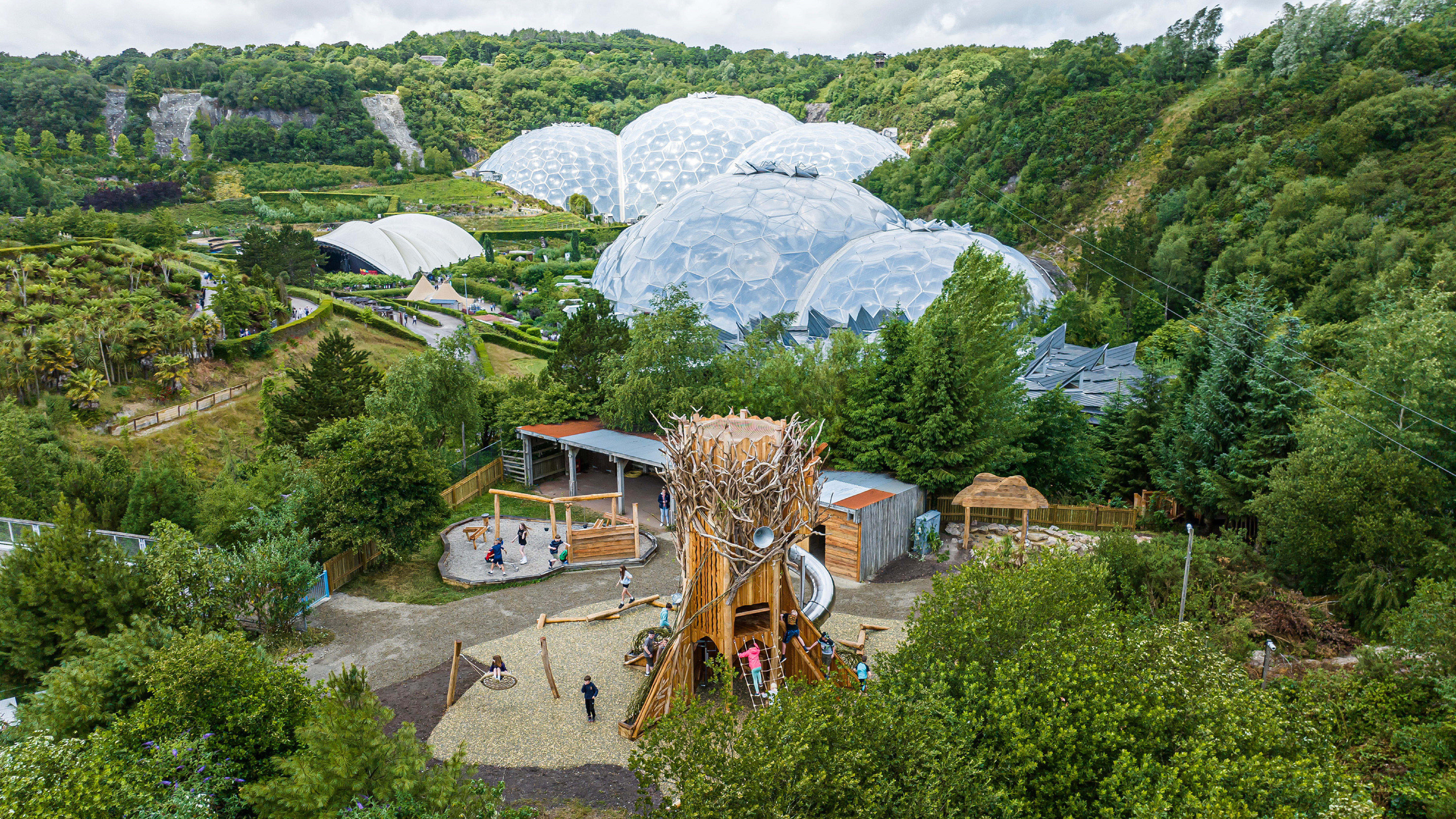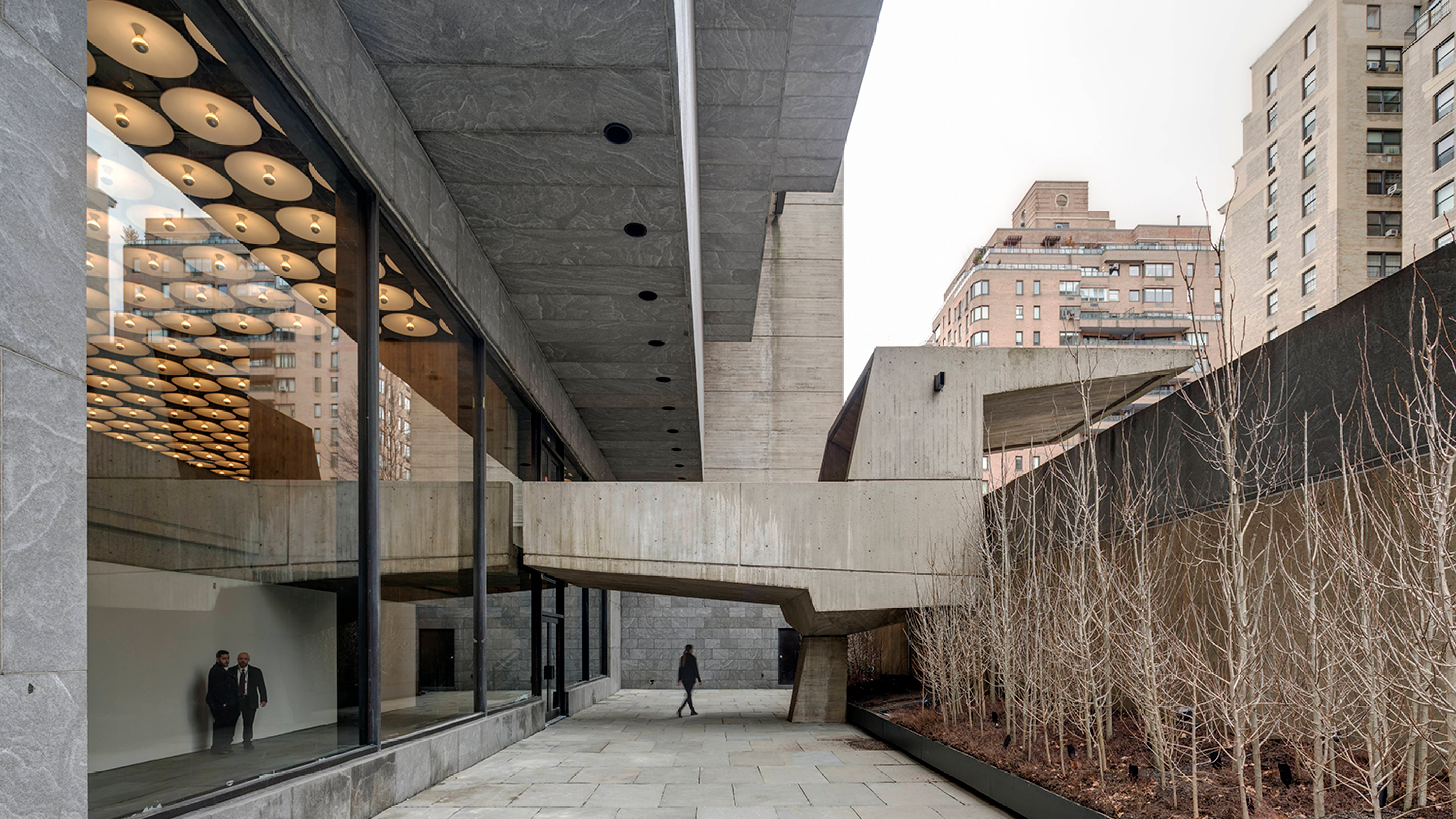Human-Centered Design (HCD) goes beyond being merely a methodology; it’s a design philosophy that places people at the core of the creative process. Essentially, it seeks to deeply understand the needs, desires, and experiences of individuals to develop solutions that are genuinely meaningful and effective for them.
In the context of design, the human-centered approach implies a fundamental shift: it’s no longer just about creating something “good” or “beautiful” but about comprehending who it will serve, how it will be used, and what impact it will have on people’s lives. This profound understanding is achieved through observation, empathy, and direct collaboration with individuals to identify their real problems and needs.
HCD is characterized by an iterative and flexible process that spans various stages, from initial research to implementation and continuous improvement. It begins by immersing in people’s reality to grasp their contexts, challenges, and aspirations. This process is enriched by involving users in all design stages, from idea generation to prototyping and testing.
By considering users’ perspectives and experiences at every step, HCD enables the creation of more relevant and effective solutions. Moreover, it fosters innovation by challenging existing assumptions and encouraging the exploration of new ideas in direct collaboration with those being designed for.
Human-Centered Design (HCD) has been driven by diverse professionals and organizations over time. Some of the major proponents of this approach include:
1. IDEO: This global design firm has been pivotal in promoting HCD. Its multidisciplinary approach and emphasis on empathy and iteration have been pillars for developing innovative solutions.
2. Don Norman: Recognized as one of the pioneers in applying human-centered design, Norman has focused on understanding the interaction between humans and technology, advocating for designs that adapt to human needs and capabilities.as.

IDEO Human Centered Design Process. Courtesy of IDEO

Don Norman
3. Tim Brown: As the CEO of IDEO, Tim Brown has been an active advocate for human-centered design and significantly contributed to spreading this approach in the business world.
4. Stanford d.school: Stanford University’s School of Design has played a key role in teaching and promoting HCD through its curriculum and programs focused on innovation and collaborative design.

The Design Council’s visual representation of its Double Diamond design and innovation process. Courtesy of the Design Council

Steps of the Design Thinking Model proposed by the Stanford Hasso-Plattner Institute of Design (d.school). Courtesy of EmpathizeIt
5. Design Council (UK): This organization has been instrumental in promoting human-centered design as a tool to address social and business challenges.
Human-Centered Design (HCD) applied to urbanism is an approach that seeks to enhance the quality of life in urban areas by prioritizing the needs, experiences, and perspectives of individuals in the design process. It relies on in-depth research into space usage patterns, social dynamics, mobility needs, and other relevant aspects affecting daily life in urban environments. This approach promotes active community participation, allowing direct collaboration with residents, interest groups, and stakeholders throughout all stages of urban design.
Participatory design with the community ensures that proposed solutions reflect the real needs and aspirations of those who inhabit and use urban spaces. Moreover, HCD in urbanism aims to improve accessibility for everyone, including individuals with diverse physical abilities, and encourages the creation of livable spaces that foster social interaction, safety, and residents’ well-being. Additionally, integrating sustainable practices and considering resilience against natural disasters are key aspects of this approach, aiming to create more sustainable urban environments prepared to face future challenges.
Furthermore, innovative technologies like smart sensors or digital solutions are employed to enhance efficiency and people’s experiences in the city. In summary, by applying HCD to urbanism, the goal is to create more inclusive, livable cities focused on the real needs of their inhabitants. Active community engagement not only improves the quality of proposed solutions but also strengthens individuals’ sense of belonging and identity with their urban environment.
Human-Centered Design (HCD) in the field of urbanism has been championed by various professionals who have integrated this approach into their practices and significantly contributed to designing people-centered urban environments. Some prominent urbanists advocating for this approach include:
Jan Gehl: Recognized for his work in people-centered urban planning. Gehl has been instrumental in promoting more livable and accessible cities, emphasizing the importance of designing public spaces that foster social interaction and quality of life.
Jeff Risom: As a leader in integrating HCD in urbanism, Risom has worked on developing strategies for sustainable cities and advocated for designing spaces that prioritize the needs of local communities.

Google Urban Activation. Courtesy of Gehl People

Creating social life for everyone in Bryant Park, by Ethan Kent. Courtesy of Social Life Project
Elizabeth Plater-Zyberk and Andrés Duany: Co-founders of the New Urbanism movement, they have advocated for creating sustainable, accessible communities with a people-oriented design, promoting mixed-use areas and the creation of neighborhoods that encourage social interaction.
Ethan Kent: As an advocate for urban revitalization and the creation of more inclusive communities, Kent has worked on projects integrating human-centered design to improve the quality of life in urban areas.
These urbanists have highlighted the importance of considering people’s needs and experiences in urban design and planning. Their work has influenced the creation of more livable, accessible, and inclusive environments, demonstrating how a human-centered approach can positively transform our cities and communities.
Ultimately, Human-Centered Design seeks to generate products, services, environments, or systems that are not only functional and aesthetically pleasing but also solve real problems and significantly and sustainably improve people’s lives. This approach has been successfully applied in various areas, from product and technology design to urbanism, healthcare, education, and more, demonstrating its ability to create truly impactful solutions centered around people.







Leave A Comment